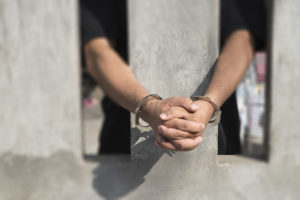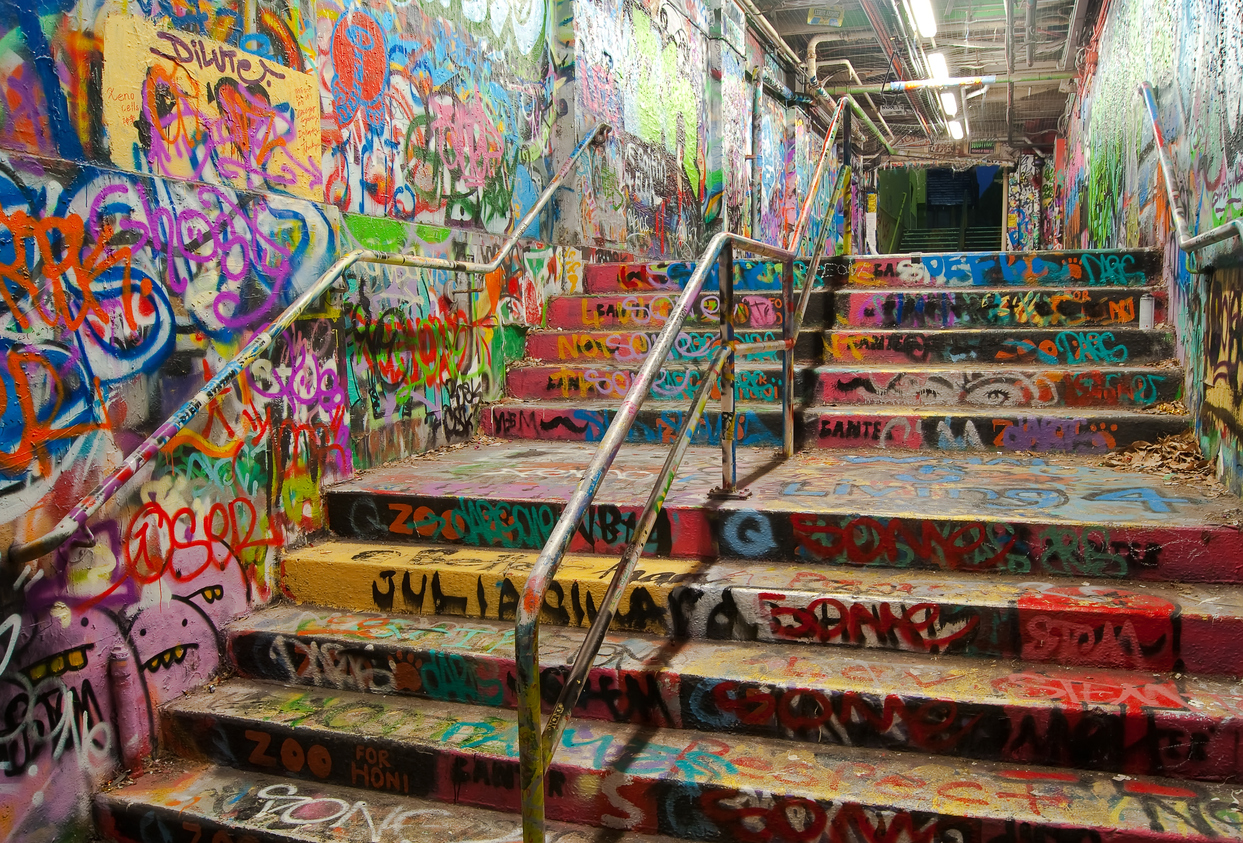That time when my urban students demanded I get better until I deserved the chance to teach them


So, here’s the thing about urban education. Before we talk about how to do it best, we need to be really clear about what we mean by urban education in the first place.
Too often, “urban” is a code-word for “not white,” and so “urban ed” is used as a catch-all phrase for teaching students of color.
Additionally troubling, is how often we talk about “urban ed” as a series of insurmountable deficits. And yes, students in many urban areas have often experienced trauma, racism, and poverty in a way their suburban counterparts have not; but these deficits do not define them.
I grew up in a suburban Wisconsin town. Our district was one of the wealthiest in the state with one of the highest rates of college acceptance. In lots of ways, and especially on paper, it was a great district and a great place to go to school. For me, for a lot of the kids like me, and the kids I hung out with, for any kids, really, who didn’t fit the upper-middle-class able-bodied, white, cisgender, straight culture of the school, the place was unsafe, unwelcoming, and so, so, so uninteresting.
There are needs to be addressed in a lot of urban environments, but we also shouldn’t get so wrapped up in deficit storytelling that we ignore a lot of the great things we are able to do by teaching and learning in urban environments.
When I taught high school in downtown Minneapolis, I had students who attended college classes, who used the weight room and track at the YMCA, who interned at graphic design, corporate, and financial companies, and who were able to access all these things in short walks from the school building.
In urban environments, we have access to an abundance of artistic communities, to guest speakers and performers, to gallery and museum spaces in which to visit or display work. We have big showy theater and brilliant, subversive, independent performances.
The most powerful thing for me, the most important and most valuable asset of urban education communities is our cultural diversity. To teach in a school, to send my white child to schools, where we are able to grow our own understanding and empathy for other cultures, to know many people with different racial, religious, and cultural identities than ours, to access spaces not built for white comfort, has made our lives richer beyond measure.
I can think of no single skill more important for every one of our students to gain as they grow than cultural literacy. I may have grown up in a wealthy school district, but we were missing so many things for which property taxes can’t pay.
And, of course, there are the students. There is no teacher who will not argue that their students are the very best in the world, so I won’t go there, except to say that, all the students I’ve taught have been the very best in the world, and also, if I’m honest, that I bought into enough of those deficit stories before I met them that I wasn’t expecting them to be.
I had soaked in stories of what poor kids are like, what city schools are like, what Black and Brown kids are like, about the many more ways in which they can do less than other kids. I had bought into it, the less-than version of urban youth. I had bought into the stories of the white teacher who breaks all (actually, almost none) of the rules and gets these city kids to learn.
I was disabused of these notions rather quickly, thank god.
My first year of teaching, I thought I’d really blow some minds and teach Shakespeare using hip hop. This is a difficult thing for me to admit. I did a lesson comparing the rhyme scheme of Snoop Dogg’s “Drop it Like It’s Hot” to a sonnet, and in a way that really built no understanding of either rap lyrics or sonnets. Once that bombed and we opened up the play instead, some learning started to happen, but more often because students were finding and pointing out things about the play that I had never seen:
Kid: “Wait, that’s a sonnet!”
Me, who is oh-so-smart: “No, a sonnet is a poem, and this is dialogue.”
Student, speaking slowly so I understand: “No, but look, when Romeo and Juliet first meet, the first 14 lines is a sonnet”
Me again: “I’m sure that if that were a sonn… oh, dang, woah, look at that. Look everyone, it’s a sonnet!”
That moment is a pretty decent microcosm for how my first few years went. My teaching story, my real teaching story, is not one of a white dude who showed up and changed lives while wearing a leather jacket and sitting backwards on chairs. My teaching story is that of a teacher whose students didn’t give up on him, who questioned and pushed and challenged him, and demanded he get better until he deserved to have them.
Many, many years later, I was giving a talk on building anti-racist classrooms with a former student, Arieanna, a student about whom I’ve written about before, one who I owe for years of pulling me along, kicking and screaming. We talked about student leadership and movement building and the day the students told me they just wouldn’t be doing their end of the year final because they had better things to do in order to change the world.
After the speech, we sat and answered questions for a while. One audience member asked Arieanna what she thinks would have happened if she hadn’t had me as a teacher. She thought about it for half a second before answering, “Oh, I just would have made someone else a good teacher.”
There’s not one piece of me that doubts her, and not one piece of me that holds on to any of those stories about all things that urban students can’t do.
—
Tom Rademacher is an eighth grade English teacher in the Minneapolis area. His book, It Won’t Be Easy: An Exceedingly Honest (and Slightly Unprofessional) Love Letter to Teaching (Minnesota, 2017) was a finalist for a Minnesota Book Award. His writing has also appeared in Education Post, City Pages, MinnPost, and Huffington Post. In 2014 Rademacher was honored as Minnesota’s State Teacher of the Year.